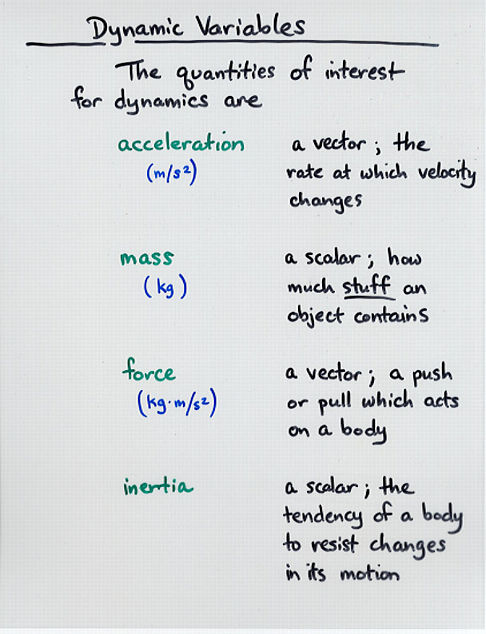

So for example, a platform rated at 321 kilonewtons (72,000 lb f) will safely support a 32,100 kilograms (70,800 lb) load. One kilonewton, 1 kN, is 102.0 kgf, or about 100 kg of load. Where units are commonly in kilonewtons, a common rule of thumb is to multiply the kilonewton value by a factor of 100 to get the kilograms. For example, the tractive effort of a Class Y steam train and the thrust of a an F100 fighter jet are both around 130 kN. 441 N = 45 kg × 9.80665 m/s 2 Commonly seen as kilonewtonsĪ newton is not much force, so it is common to see forces expressed in kilonewtons, or kN, where 1 kN = 1000 N. 566 N = 57.7 kg (average adult weight in Asia) × 9.80665 m/s 2 791 N = 80.7 kg (average adult weight in North America) × 9.80665 m/s 2īench pressing 100 pounds (45 kg) takes a little under 450 N of force. The weight of an average adult exerts a force of about 550 - 800 N. ExamplesĪt average gravity on earth, (conventionally 7000980665000000000♠ g = 9.806 65 m/s 2), a kilogram mass exerts a force of about 9.8 newtons, and one newton is the force exerted by about half a medium-sized apple. Where F: force M: mass L: length T: time. Where the following symbols are used for the units: N: newton kg: kilogram m: metre s: second. Newton's second law of motion states that F = ma, where F is the force applied, m is the mass of the object receiving the force, and a is the acceleration of the object. Note that "degree Celsius" conforms to this rule because the "d" is lowercase.- Based on The International System of Units, section 5.2.

However, when an SI unit is spelled out in English, it should always begin with a lower case letter ( newton)-except in a situation where any word in that position would be capitalized, such as at the beginning of a sentence or in material using title case. As with every International System of Units (SI) unit named for a person, the first letter of its symbol is upper case (N). This SI unit is named after Isaac Newton. The newton thus became the standard unit of force in le Système International d'Unités (SI), or International System of Units. The MKS system then became the blueprint for today's SI system of units. In 1948 the 9th CGPM resolution 7 adopted the name "newton" for this force. In 1946 Conférence Générale des Poids et Mesures (CGPM) resolution 2 standardized the unit of force in the MKS system of units to be the amount needed to accelerate 1 kilogram of mass at the rate of 1 metre per second squared. One newton is the force needed to accelerate one kilogram of mass at the rate of one metre per second squared.


 0 kommentar(er)
0 kommentar(er)
